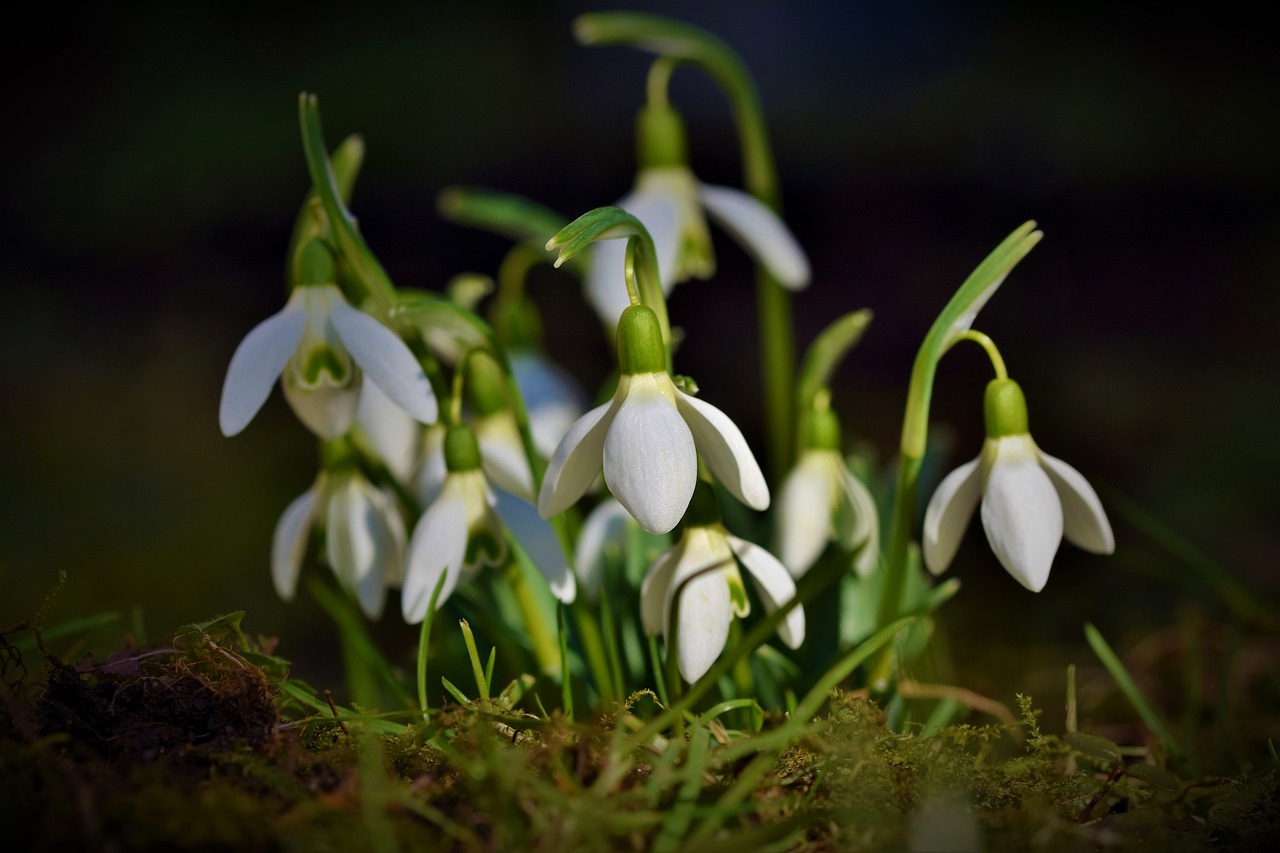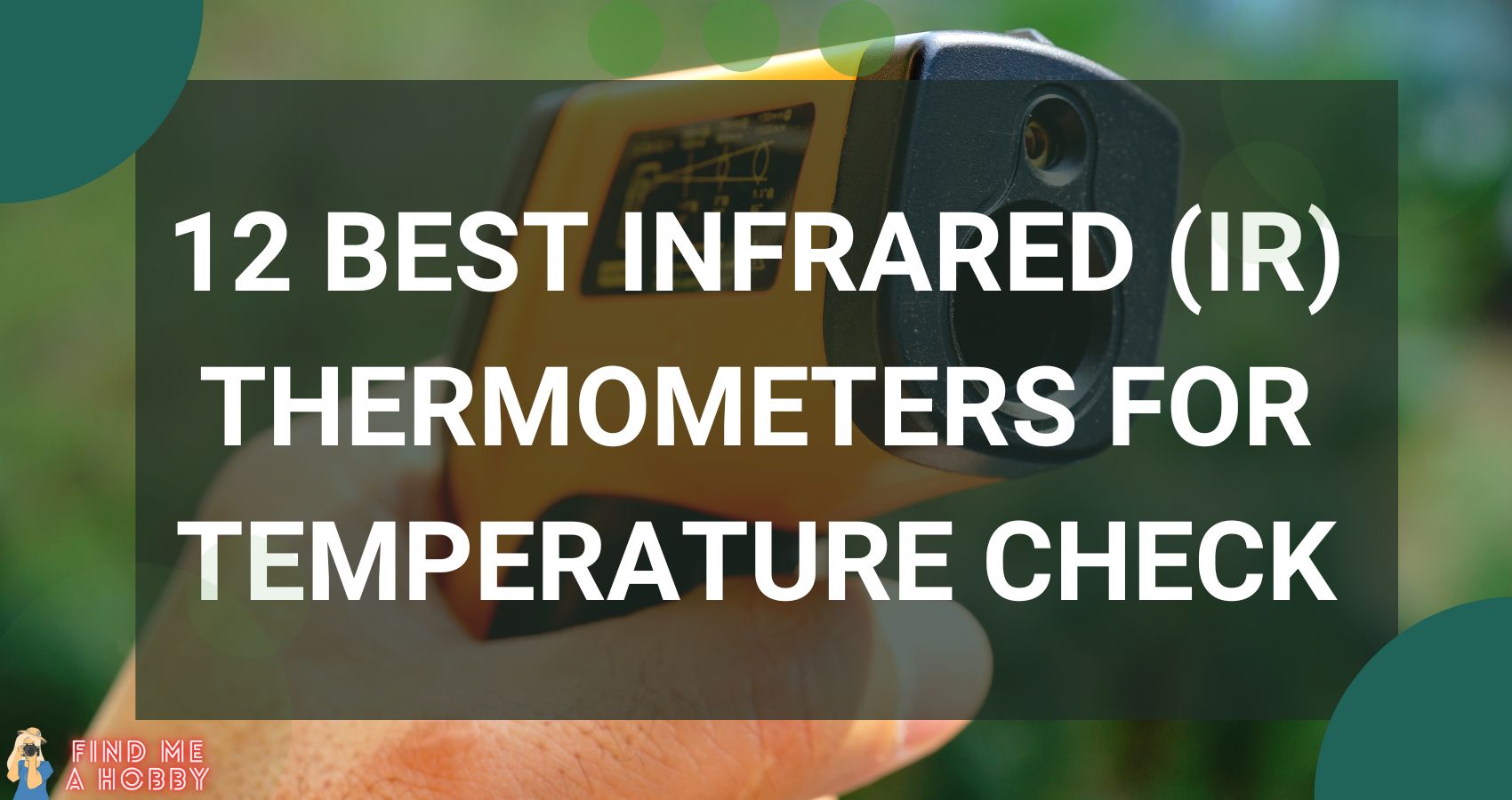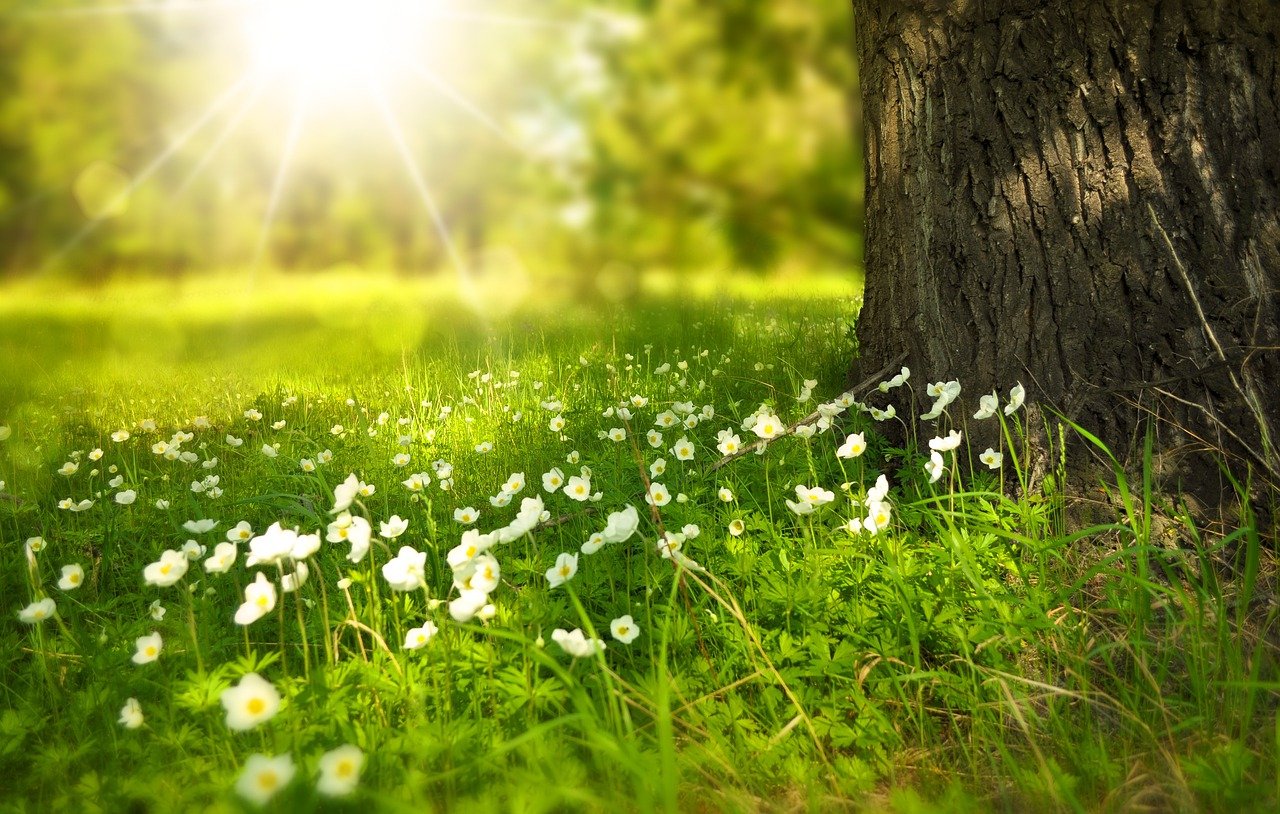Hydroponic growing your plants is a great alternative for a lot of people. If you are lacking yard space or have no access to soil, you can grow your favorite plants hydroponically. This means that you will have access to fresh plants in the comfort of your home whenever you want.
There are a lot of plants that grow exceptionally well with the most efficient hydroponic system, however, there might still be some questions that you keep on asking yourself. How often to water hydroponic plants? How to check the PH level? Which nutrients should you use? The answers to these questions can greatly affect your experience with hydroponically growing various plants.

Which Nutrients Should I use?
A hydroponic system depends on water-soluble nutrients that will make your plants grow. Unlike traditional plants, yours will not have to dig through the soil to have access to nutrients. You shouldn’t use the nutrients that you would typically use for growing your plants in the soil since it is already rich with some of the elements your plant needs. You should, however, buy specific nutrients that are designed to nourish hydroponic plants. You can easily find different options on the market. Choose liquid or dry fertilizers depending on your preference.
How often do Water Hydroponic Plants?
A lot of people ask this question, mainly because there is no one specific right answer. It solely depends on the type of your plant, the weather, and how fast it absorbs water. So basically speaking the answer to this question will vary every time you ask it. A good answer that you can use as a rule of thumb is to water your plants enough to wet the roots but not so much they suffocate and die.
Every growing situation is different depending on the hydroponic system you are using, the growing medium, the level of humidity, and the temperature. This is why it should be smart to invest in a timer that grants you some flexibility while growing your hydroponic plants.
Although plants are highly adaptable, it would be smart to keep an eye on the roots to see how they react to your watering schedule. If they seem to be dry most of the time, then you can easily increase the frequency of watering. However, if they seem to be too wet, you might want to cut down on the water to avoid root rot. Check how they look and adjust your technique, your plant will teach you what it needs.
Bigger plants need more water than smaller plants. Plants growing in humid conditions will not need as much water as the amount needed by those growing in dry conditions. You can also skip night watering since the plant will only soak the water up when it is exposed to light.
Water Quality:
Using high-quality filtered water can save you a lot of headaches and hassle. Tap water, spring water, well water, and rainwater might work with plants that grow in the soil since they have access to nutrients by digging into the soil. But for your hydroponic plants, water is the main source of nutrients. The low quality of water can greatly jeopardize the health of your plants.
Water filtered through a water softener still has traces of sodium chloride which is toxic to some plants. Even if it doesn’t kill your plants on the spot, it will accumulate in your hydroponic system over time. Invest in a good filtration system that will remove all the toxins, chemicals and minerals that can harm your plants.
Checking the PH Level:
You can check this article, where I talked about pH soil meters, there you will find all information you should know. You shouldn’t be overwhelmed by the PH level thing. It is not rocket science since plants are highly adaptable. However, there is a limit to what they can tolerate. This is why you need to keep an eye on the PH level to make sure that your plant is OK.
There are two ways you can check the PH level, using electric meters and PH drops. Electric meters are typically more accurate and will provide the correct reading to the nearest tenth. Nevertheless, you don’t really to have such accurate readings when you are dealing with hydroponic plants. You actually need to have your PH level within the correct range. For this reason, you can use PH drops. These are very easy to use and store and don’t need to be calibrated. They are affordable and last a long time. Use them according to the manufacturer’s instructions and fill the vial to get the correct reading.
Use the Adequate PH Adjuster:
PH adjusters are what you need to use when your PH level is off. Remember that you need to buy an adjuster that is specifically designed for hydroponics. Using one that works with soil is not suitable. You can’t either use other substances that you can find at home like baking soda or vinegar to adjust the PH level. Such adjustors will add other elements and substances to the water that mess up with the nutrients your plant needs to survive.
Again, you can find dry and liquid adjustors to use. Liquid adjustors, just like liquid nutrients, are easier to use but more expensive than dry ones. You should get a PH up and a PH down even if you don’t feel that you will ever need both. You will never know what can come up with your water and you should always make sure that the medium works for your plant.
There are different requirements when it comes to growing fruit, vegetables, and flowering plants. Check those before adjusting the PH level. Adjustors last a long time and keep your plants healthy.
Pump Timers:
Most hydroponic systems need pump timers to run the water pump. You will need a timer if you are growing your hydroponic plants in an Ebb and Flow System, Aeroponic system, or Drip system. However, you won’t need a pump timer if you are growing your plants in a water culture system. This one uses an air pump that should be left to run around the clock to avoid root suffocation.
Use an indoor-outdoor timer because it is generally safe to use around water. This will grant you some flexibility when it comes to watering your plant in your hydroponic system. A timer answers the question of how often to water hydroponic plants because it can be easily adjusted whenever you like.
Mechanical timers are very reliable and don’t cost as much as digital timers. If you experience a power short, your digital timer’s memory will be wiped off and you will have to adjust everything all over again. However, they are typically more accurate than the traditional mechanical ones. Make sure that you pick a mechanical timer with a lot of pins around the dial as these provide more settings. A timer with 15 minutes minimum setting provides more flexibility than one with a 30 minutes minimum.
Doing the right things will guarantee the best results. Growing your plants in a hydroponic system may not seem very easy at the beginning. You might not get everything right from the first time, but this shouldn’t discourage you. You will learn from your mistakes and the results will be exceptional. Happy gardening!






